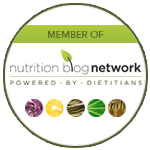BCAAs–Waste of Money Supplement Scam
Branched chain amino acids, or BCAAs, are synonymous with the amino acids leucine, isoleucine, and valine. These are essential amino acids, of which there are 9. Essential amino acids are found in pretty much any source of protein or protein complement. This includes eggs, soy, animal flesh, dairy protein (casein and whey), beans, nuts, seeds,


